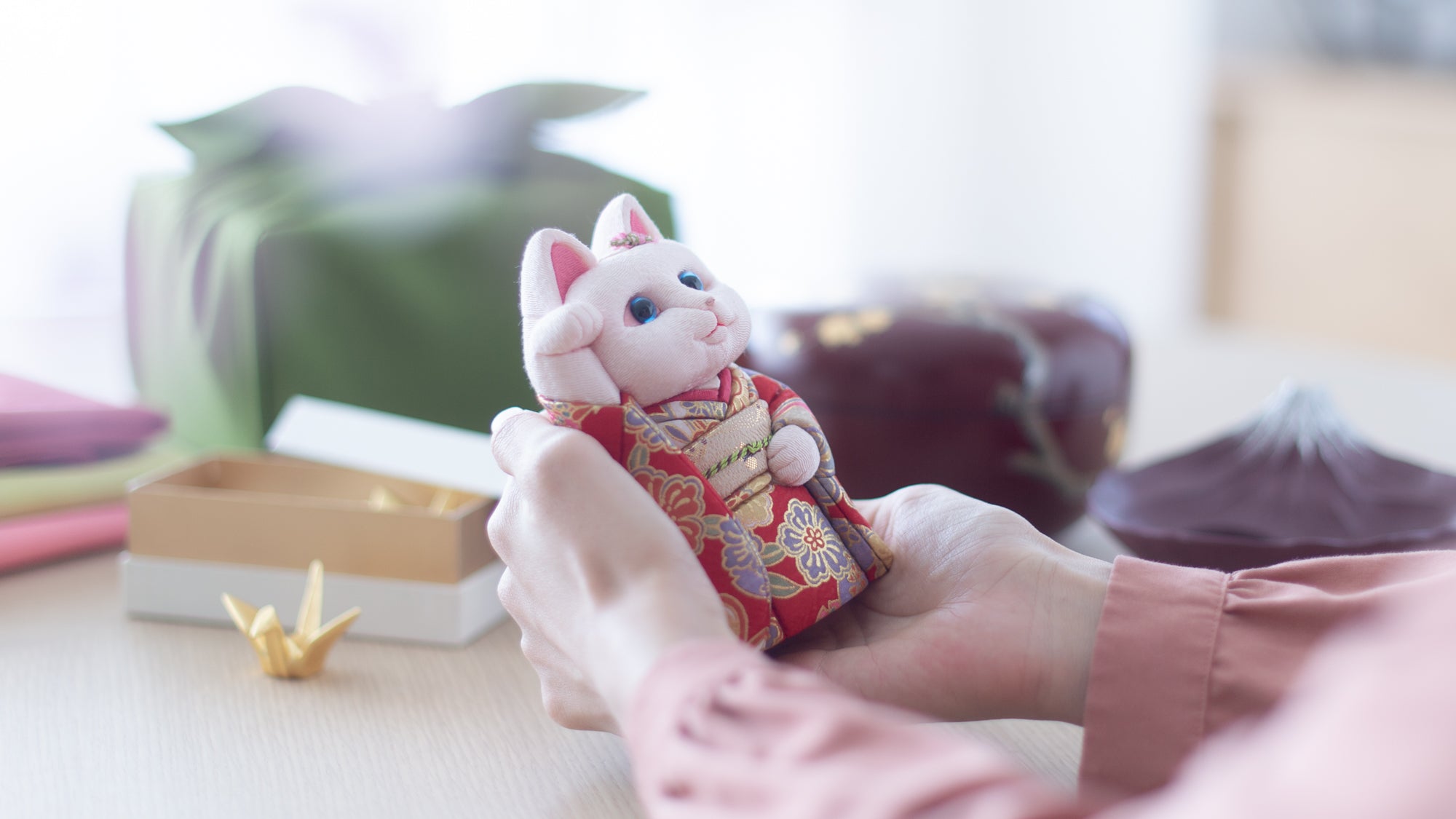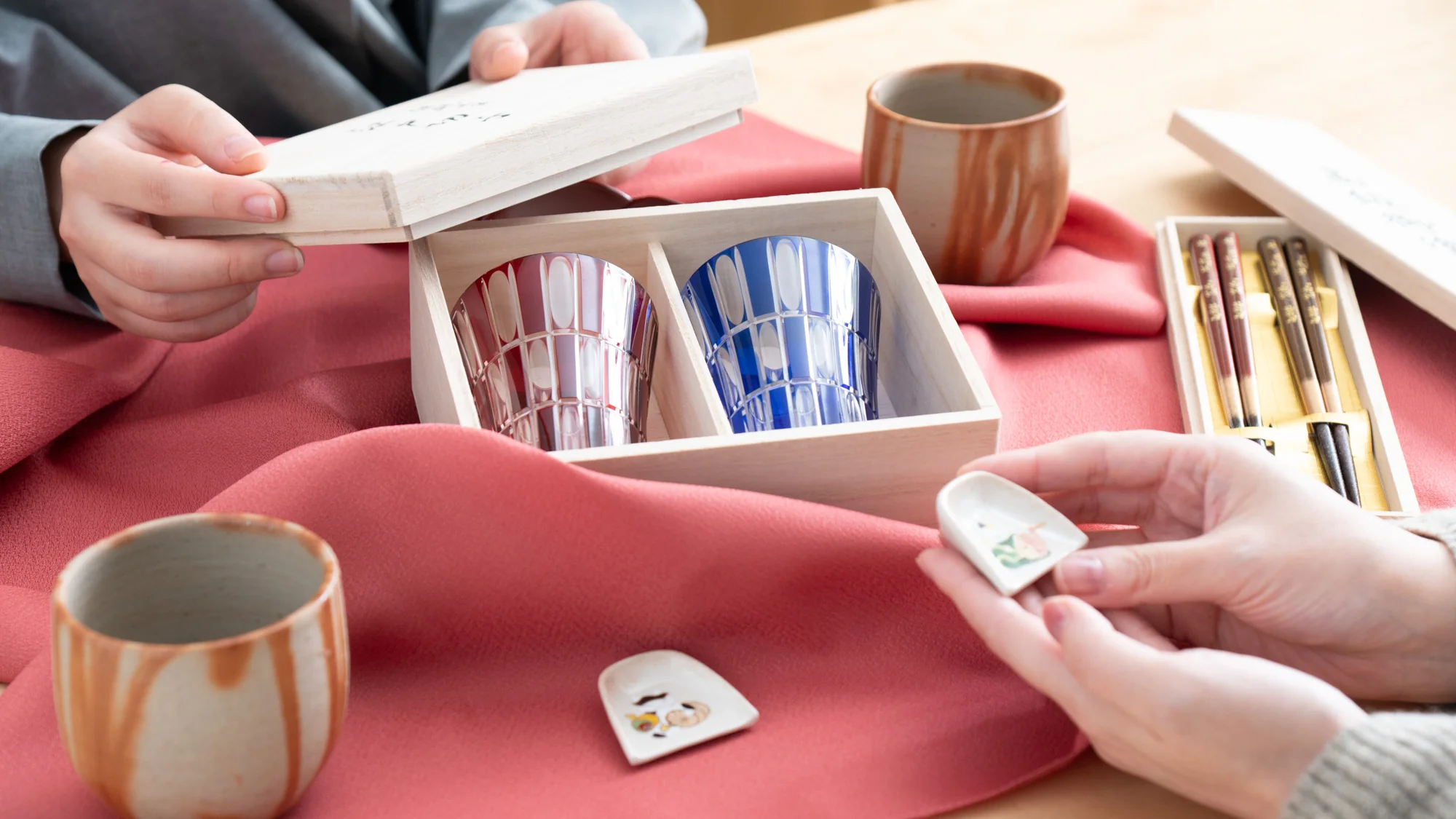14 September 2022
Lacquer craftsmen of Yamanaka

The process of lacquer coating is roughly divided into three different processes; base coating, middle coating and then applying the finishing coat.
The base coating works as the filler coat. Lacquer is brushed onto the wooden base and is allowed to infiltrate the wood. After letting it dry for two days, the same process is repeated several times. Polishing the lacquer in between coats gives the bowl a smoother texture and gives a delicate feel in the hands of the user. It takes a minimum of at least 15 days to finish making one bowl.

After the lacquer coating, the bowlsl are placed in a “Urushimuro” , a wooden rack used to dry the freshly lacquer-coated items. Lacquer reacts to too much moisture in the air and tends to harden. To avoid this from happening, the moisture of the wooden rack is carefully controlled by regularly spraying it with water and maintaining the appropriate moisture level for the lacquer coating to dry beautifully.

Contents
- Yamanaka Lacquer Craftsman Mr. Ueda
- Yamanaka Fukiurushi Craftsman Mr. Morimoto
- Photo Gallery
- Yamanaka Lacquerware Collection
Yamanaka Lacquer Craftsman Mr. Ueda

The method of lacquer coating, distinctive of Yamanaka lacquerware is called “Fukiurushi (or Suriurushi). ” This method involves repeating the process of brushing raw lacquer and then wiping it off with paper. This method is used to let the lacquer fill into the fine wood grains of the bowl and accentuate its beauty. Mr. Ueda who specializes in this craft, is one of the best craftsmen among all the artisans in the Yamanaka area.
Although most of the craftsmen prefer to work sitting down, Mr. Ueda insists on standing while coating the lacquer. The manually spun wheel is his need-to-have tool. Many craftsmen use electrical spinning wheels, but according to Mr. Ueda, manually spun wheels are easier to stop and turn allowing for small adjustments to be made to the lacquer coating.

He also has his own rule about the paper and cloth he uses for smoothing out the surface and adding the finishing touch.
The paper he uses is from the adjoining prefecture of Fukui which has a thriving textile industry and the paper he uses is material used for bagging finished textile products. As this paper is moderately soft and does not produce much dust, it's suited for wiping the lacquer applied to the surface.

And for the cloth, he uses fairly new pieces of cloth from yukatas that were meant for disposal due to design changes.

Mr. Ueda’s hobby is fishing. On his days off, he goes to a great fishing spot in Noto and enjoys catching big fish. While he is very selective of the tools he uses, at the same time he tries his best to utilize materials that can be procured locally. I felt his genuine love and concern for the natural materials in his surroundings and that this mindfulness was at the core of his craftsmanship.
Product made by Mr. Ueda

Yamanaka Fukiurushi Craftsman Mr. Morimoto

Mr. Morimoto is a craftsman who applies the lacquer using the “Fukiurushi” method to “Itamono(Hiramono)” products like trays. When we went to interview him, his first words were “Not too long please because I’m quite busy,” but proceeded to give us a warm welcome with a congenial smile.
He applies lacquer to the wooden base with his brush and then wipes and spreads the lacquer across the surface. The repetition of polishing and coating is what magnifies the beauty of the wood grain and enhances the shine distinctive of lacquer.


Mr. Morimoto says that he hopes to make beautiful and sturdy products that will make users want to take good care of and will want to use for a long time.

When he has time between orders from other clients, he enjoys making artful objects from scrap wood. He showed me a piece he made from giving a coat of lacquer on a log leftover after making a bowl. With an expression filled with pride and contentment like a young boy, he told us about the pieces he had made in his free time. “Maybe place a flower in this one. Hang this one up with some rope like a tapestry on a wall.”

























